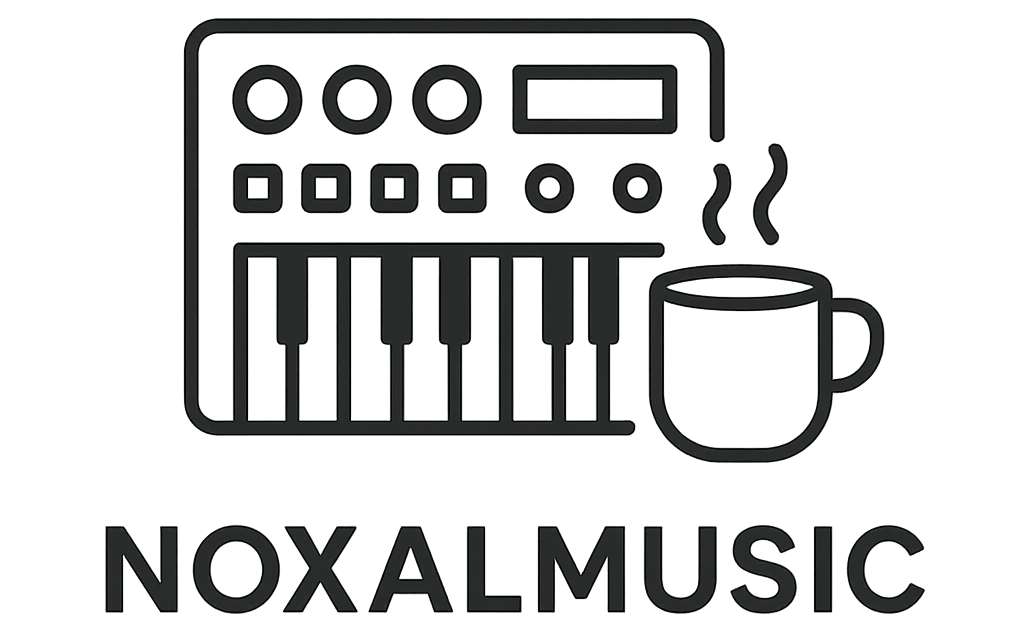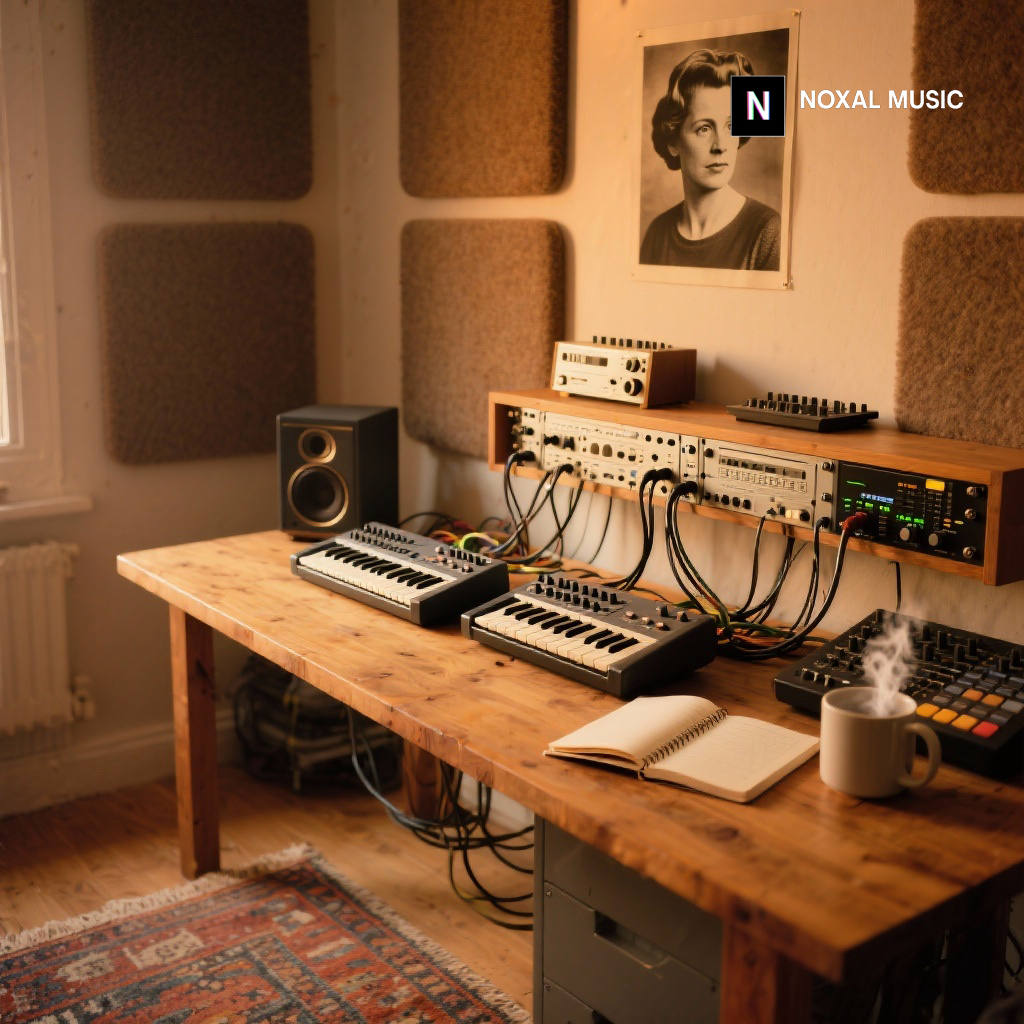Unlocking Your Sonic Signature: Sound Design Tricks for Beginners in Music Production
At Noxal, we’ve always believed that the true magic of electronic music doesn’t just lie in the notes you play, but in the sounds you craft. If you’ve ever wished to own the sounds in your tracks, we’re diving deep into essential sound design tricks for beginners in music production, showing you how to start sculpting your own universe of audio.
Learning sound design is essential for becoming a skilled producer. This article emphasizes the importance of creating unique sounds, utilizing synthesizers effectively, and exploring different techniques to stand out in the music world.
- Understand the basics of subtractive synthesis.
- Explore sound layering for a richer audio landscape.
- Experiment with effects to enhance your sound design.
- Embrace sampling as a creative tool.
- Cultivate curiosity and individual expression in your music.
Estimated Reading Time: 12 minutes
Table of Contents
- Beyond the Preset: Why Sound Design Matters
- Your First Playground: The Fundamentals of Subtractive Synthesis
- Beyond Subtractive: Expanding Your Beginner’s Toolkit
- The Noxal Philosophy: Embrace the Unpredictable, Cultivate Curiosity
Beyond the Preset: Why Sound Design Matters
In the world of music production, relying on presets can limit your creativity. True sound design is about infusing your personality into your work and creating a sound that stands apart.
Your First Playground: The Fundamentals of Subtractive Synthesis
Subtractive synthesis is an ideal starting point for beginners. This section covers:
1. Oscillators (VCOs/DCOs): The Sound Source
Key waveforms include:
- Sine Wave: Smooth, round sound.
- Triangle Wave: Bright with a softer tone.
- Sawtooth Wave: Bright and buzzy; the workhorse of genres.
- Square Wave: Hollow sound, great for plucks.
- Noise: White or pink noise; used for texture.
2. Filters (VCFs): The Sculptors
Filters modify sound by cutting off certain frequencies:
- Low-Pass Filter (LPF): Passes low frequencies, cuts highs.
- High-Pass Filter (HPF): Passes highs, cuts lows.
- Band-Pass Filter (BPF): Isolates a specific frequency band.
3. Envelopes (ADSR): The Life-Givers
Envelopes control how sound evolves over time:
- Attack: Speed to peak volume.
- Decay: Drop from peak to sustain.
- Sustain: Volume hold as long as a key is pressed.
- Release: Time to fade out after the key is released.
4. LFOs (Low-Frequency Oscillators): The Movers and Shakers
LFOs are used to modulate parameters over time such as pitch and volume:
Beyond Subtractive: Expanding Your Beginner’s Toolkit
Expanding sound design techniques includes:
1. Layering Sounds: Building Depth and Richness
Layer multiple sounds together for complexity, like:
- Clean sine wave for sub-bass + distorted wave for mid-range.
- Sustained pads layered with airy textures.
- Sharp leads layered with detuned versions.
2. Simple Effects: The Transformative Touch
Incorporate effects to reshape sound. Common effects include:
- Reverb: Adds ambience.
- Delay: Creates rhythmic repeats.
- Chorus/Flanger: Thickens sound.
- Distortion: Adds warmth and grit.
3. Creative Sampling (Even for Beginners): The World as Your Palette
Utilize everyday sounds creatively to enrich your music:
- Field Recordings: Unique textures from the environment.
- Everyday Objects: Percussive elements from tapping surfaces.
The Noxal Philosophy: Embrace the Unpredictable, Cultivate Curiosity
Noxal encourages staying curious and spontaneous in sound design. Here are some effective tips:
- Start from scratch: Use initialized patches.
- One Knob Challenge: Experiment with a single knob.
- Active Listening: Deconstruct your favorite tracks.
- Embrace Happy Accidents: Record unexpected sounds.
- Document Your Discoveries: Build a personal sound library.
FAQ Section
Q: What is subtractive synthesis?
A: A method where you start with a rich sound and remove frequencies to shape it.
Q: How can I layer sounds effectively?
A: Combine different oscillators and adjust their envelopes and effects for richer textures.
Q: What effects should I use as a beginner?
A: Start with reverb and delay, then explore modulation effects like chorus.
And remember, if creating sounds was easy, we’d all be chart-topping synth pop legends! So keep twisting those knobs and remember – the next great sonic discovery might just be a dial away. Happy producing!

